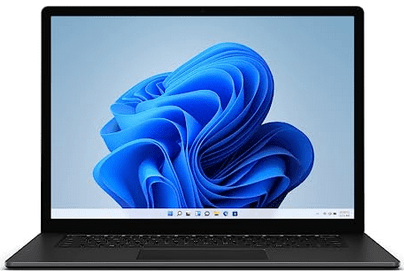The under-display fingerprint scanning system was supposed to be fantastic. You can simply touch the screen with your finger, just as you would. The built-in scanner unlocks the device. That was the dream, but in reality, they’re worse than the alternatives.
An Overview of Fingerprint Scans
In the 2010s, fingerprint scanners were first introduced to smartphones. Apple introduced the iPhone 5S in 2013 with a fingerprint scanner, and Samsung did the same with its Galaxy Note 4 one year later.
The first fingerprint scanners used capacitive technology. Your fingerprint will be scanned using tiny electrodes that are covered with small electrodes. This varies depending on how far apart the ridges are on your finger.
Nearly all smartphones had fingerprint scanners at the beginning of 2010. Change was on the horizon. Apple began moving towards facial recognition in 2017 with Face ID. Vivo began to implement the first fingerprint scanners in display for Android devices during this time.
Nowadays, Apple has all but abandoned fingerprint scanners for Face ID—only the “retro” iPhone SE has Touch ID. There are still many Android devices with the original type of fingerprint scanner, but in-display scanners have become mainstream on “flagship” Android phones.
Fingerprint scanners with in-display fingerprint scanning: The promise
It was also known as an under-display or in-display fingerprint reader, and it was the first smartphone to have one. Vivo X20 PlusThe, which was launched in the early part of 2018, The device used an optical scanner that shines light onto your finger, and then takes photos of the image with a small camera.
This new idea intrigued me. It was common at the time for fingerprint scanners on phones to be placed on the top bezel. A built-in fingerprint scanner meant that it could still be placed on the front but would not take up too much space.
It was futuristic and felt very cool. How cool is it to just put your finger on your phone’s display and it automatically scans your finger and unlocks? You don’t have to search for the right spot in the display or on the back. Simply touch the display.
Of course, that’s not how the first in-display scanners worked at all. There are many other options. did You will need to place your finger in a specific area, which is usually marked by an icon. They were also much slower than the “old” style fingerprint scanner.
It was fine. While bleeding edge technology has many problems, the possibilities are exciting. I could envision a future where you don’t have to put your finger in a very specific spot and wait a second for it to be scanned. Imagine a future in which you can scan your finger by simply tapping the screen.
Instead, we have the Future We Want
Let’s fast forward to today, the year 2022. In-display fingerprint scanners are still used in high-end Android smartphones. The technology has been used by Samsung since 2018. Google didn’t adopt in-display scanners until the Pixel 6 in 2021.
Technology has evolved over the past five year. Optical in-display scanners, which don’t have the best security, have slowly been replaced with ultrasonic in-display scanners. These scanners map your fingerprint using ultrasonic pulses.
The problem is these improvements haven’t been big enough. In-display scanners in 2022 are not as important an improvement over 2018. In fact, I would argue they’re still nowhere near as good as the “old” style fingerprint scanners.
For example, the Galaxy S22, Samsung’s latest and greatest flagship smartphone series, features in-display fingerprint scanners. You’d think it would be good by now, right? Of course, different people will have different experiences, but it’s borderline unusable for me.
My finger has to be placed on the scanner at least three times per day before it registers. It’s gotten so frustrating that I’ve enabled Samsung’s facial recognition feature, which is still not as good as Apple’s Face ID. If it wasn’t for Android’s “Smart Unlock” feature, this would be bothering me even more.
Accept the face
Apple appears to believe facial recognition is the future. I have used Face ID and I can confirm this. Although the potential for under-display scanners was great, their real-world application has been a bit disappointing.
It’s been nearly five years since the first in-display scanner appeared on a smartphone. They are still outperforming the old-style scanners found on low-end Android smartphones. If Android manufacturers don’t want to use the old-style scanners, their focus should be put on competing with Face ID.
Face ID works just as well as old-style fingerprint scanners in my opinion. It’s certainly not perfect—it’s less accurate while wearing a mask, for example—but it’s very good. The big benefit of Face ID, however, is that it’s actually secure.
Face ID on iPhone’s can be used to protect purchases made in the App Shop. That’s not the case for facial recognition features on Android phones. If you opt to use that method on the lock screen, you’ll need a secondary security method for purchases and other things.
The dream of a phone with an entire touch screen that can scan your finger was nice, but it hasn’t happened. At this point, I’m not sure we’ll ever get there. It’s time to move on to something better.



